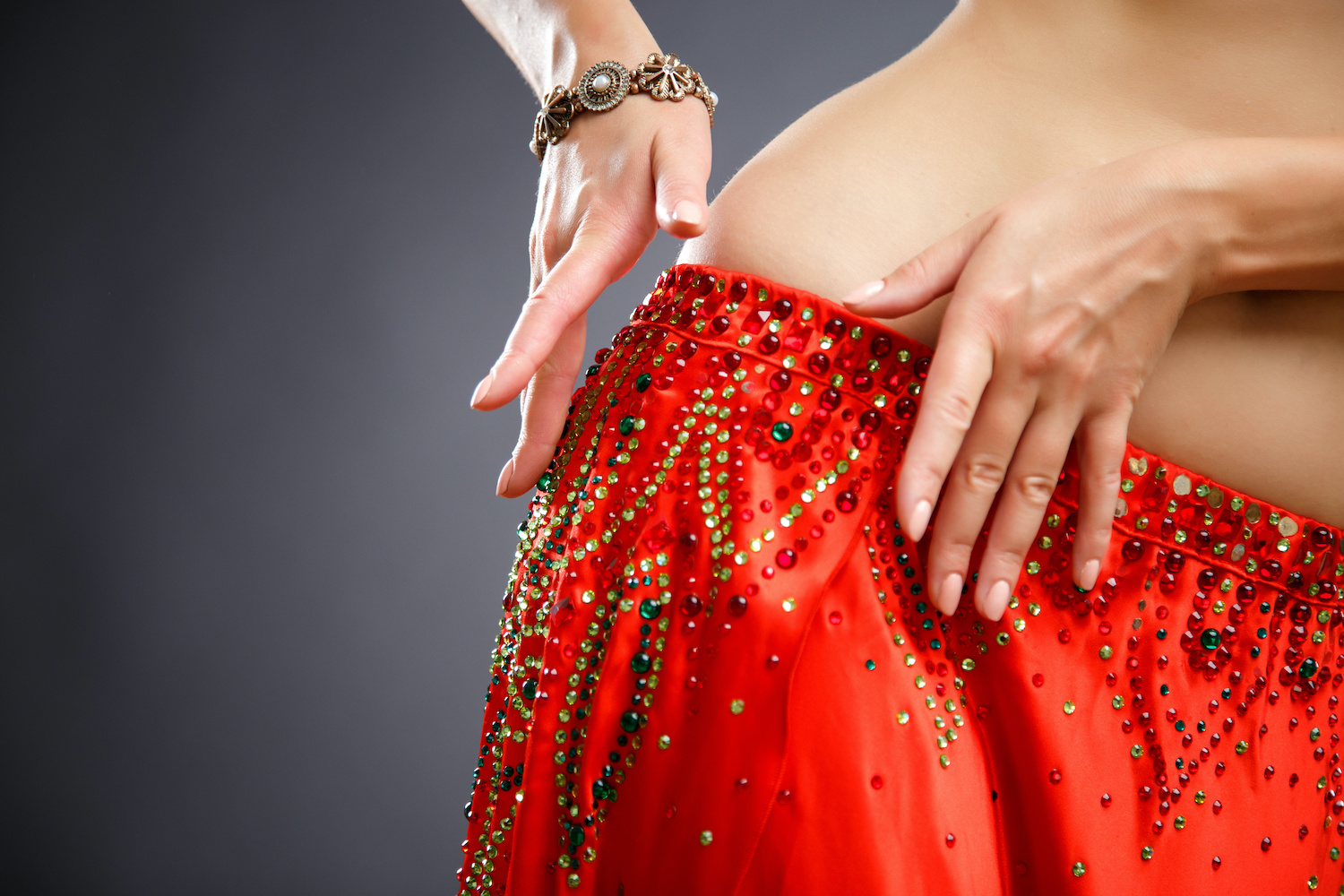Oriental dance: a journey through its art and soul
Step into the mesmerizing world of Oriental dance, a realm where tradition and artistry blend in a beautiful tapestry of movement and rhythm. Known widely as Belly Dance, this ancient art form is more than just a dance; it’s a celebration of culture and self-expression. In this article, we’ll embark on a fascinating journey to explore the origins, styles, and soulful essence of Oriental dance.
What is oriental dance?
Oriental dance, often popularly known as “belly dance,” is a captivating art form that originates from the Middle Eastern region. This dance style is characterized by its intricate movements, particularly those of the torso, and is known for its fluidity, grace, and expressiveness. The term “Oriental dance” is derived from the French “danse orientale,” a label that was given to this dance form by Western observers.
History and origins of oriental dance
Oriental dance, with its deep historical roots, is a cultural phenomenon that transcends time. Originating in the Middle East, this dance form has evolved through centuries, influenced by the diverse cultures and traditions of the region. It’s a dance that tells stories, a dance of joy, celebration, and sometimes, of sorrow.
Belly dance vs. oriental dance
While often used interchangeably, ‘Belly Dance’ and ‘Oriental Dance’ have subtle differences. Belly Dance, or Raqs Sharqi, typically refers to the Egyptian style, focusing on fluid, intricate torso movements. Oriental dance, in a broader sense, encompasses various Middle Eastern and Mediterranean dance forms, each with its unique flair and style.
Styles of oriental dance
Oriental dance is a kaleidoscope of styles. Raqs Sharqi, the classical Egyptian style, is known for its grace and poise. On the other hand, Turkish Oriental dance is more playful, with an emphasis on lively movements and floor work. Each style offers a unique interpretation of the dance, reflecting the diverse cultures of the Middle East.
Traditional oriental dance
At the heart of Oriental dance are the traditional Egyptian and Arabic styles. These dances are not just art forms; they are expressions of cultural identity, steeped in the history and customs of the Middle East.
The beauty of belly dance: costumes and accessories
The allure of Oriental dance is magnified by its stunning costumes. From shimmering beadwork to flowing fabrics, these costumes are as captivating as the dance itself. Accessories like hip scarves, veils, and jewelry add to the enchantment, creating a visual spectacle that complements the dancer’s movements.
Getting started: belly dancing classes and workshops
For those intrigued by the beauty of Oriental dance, numerous classes and workshops offer a gateway into this enchanting world. These sessions not only teach the dance but also immerse students in the cultural essence of this art form.
The evolution of oriental dance
Oriental dance continues to evolve, embracing contemporary influences while honoring traditional roots. Styles like Tribal Fusion represent this evolution, blending the classic elements of Oriental dance with modern dance forms, creating something entirely new and mesmerizing.
Lebanese belly dance
Lebanese bellydance stands out with its distinctive style, combining the traditional essence of Oriental dance with the country’s unique cultural expressions. It’s a dance that is both vibrant and elegant, reflecting the spirit of Lebanon.
Embracing oriental dance: benefits for mind, body, and spirit
Oriental dance is not just physically rewarding; it’s a holistic experience that benefits the mind and spirit. It enhances physical fitness, promotes emotional well-being, and provides a creative outlet for self-expression, making it a truly comprehensive art form.
Conclusion
As our exploration comes to an end, it’s clear that Oriental dance is more than just a series of steps and movements. It’s a rich, cultural journey, a celebration of heritage, and a testament to the enduring power of artistic expression. This dance continues to captivate hearts and inspire dancers around the world, a timeless art that speaks to the soul.
